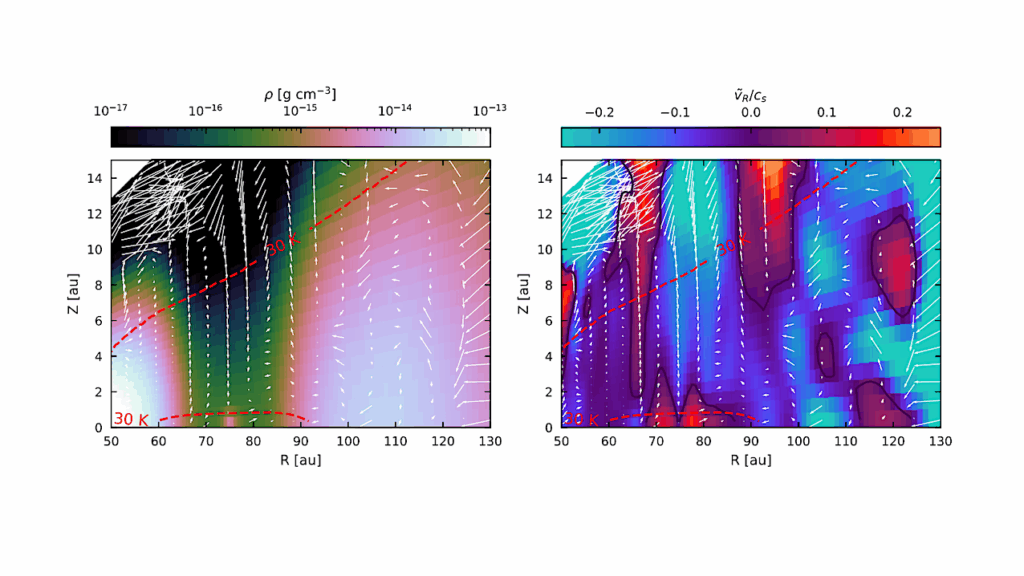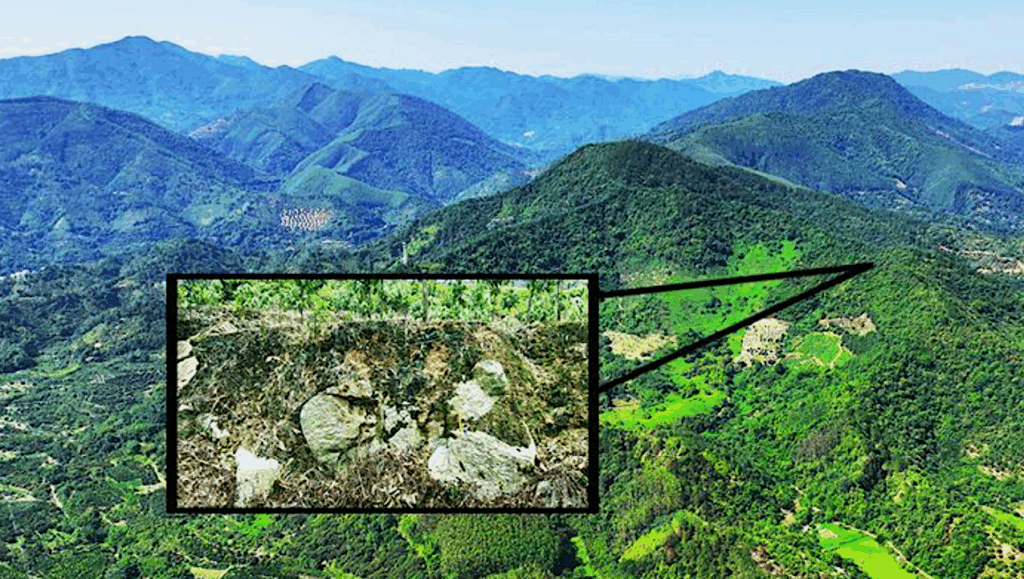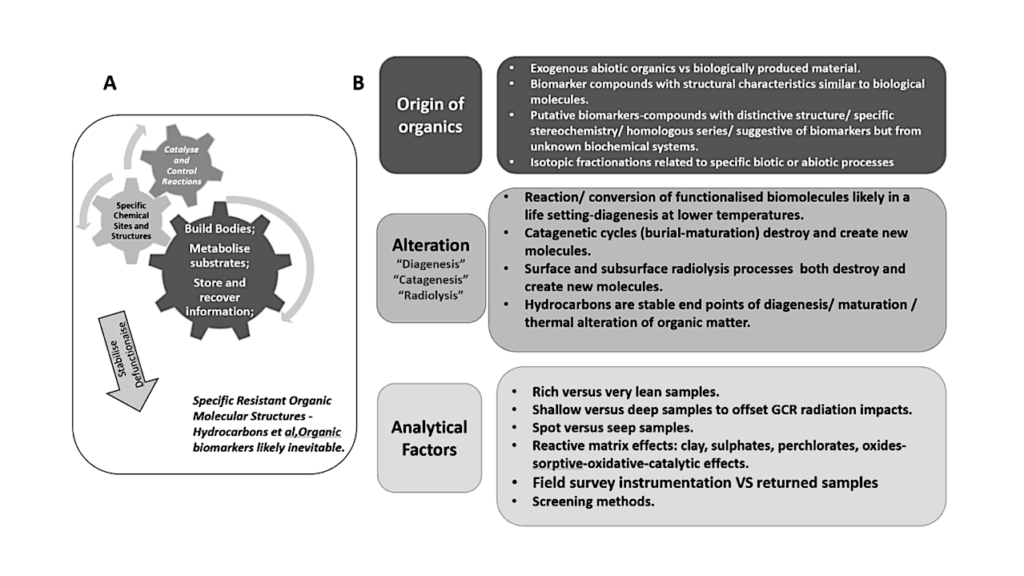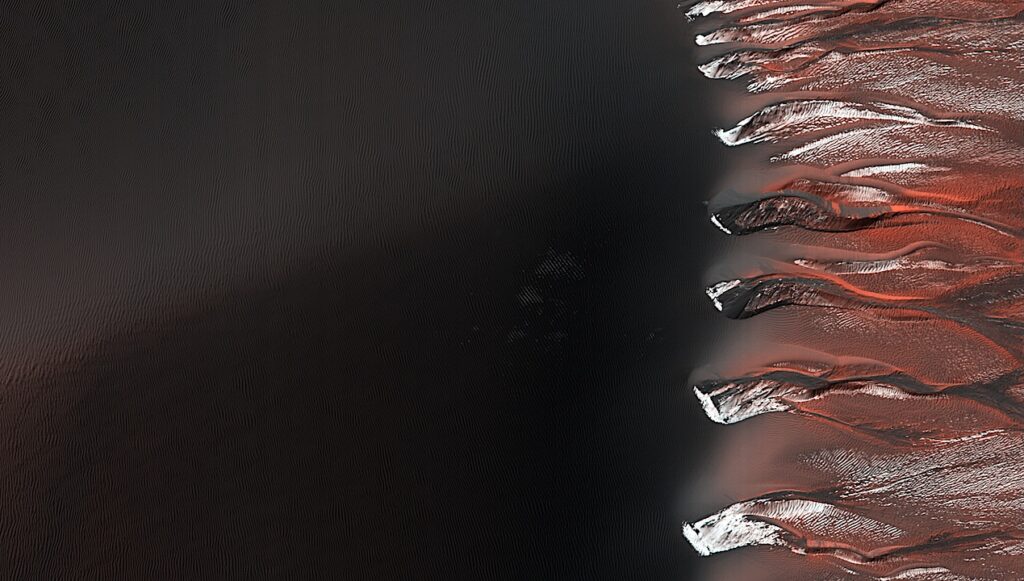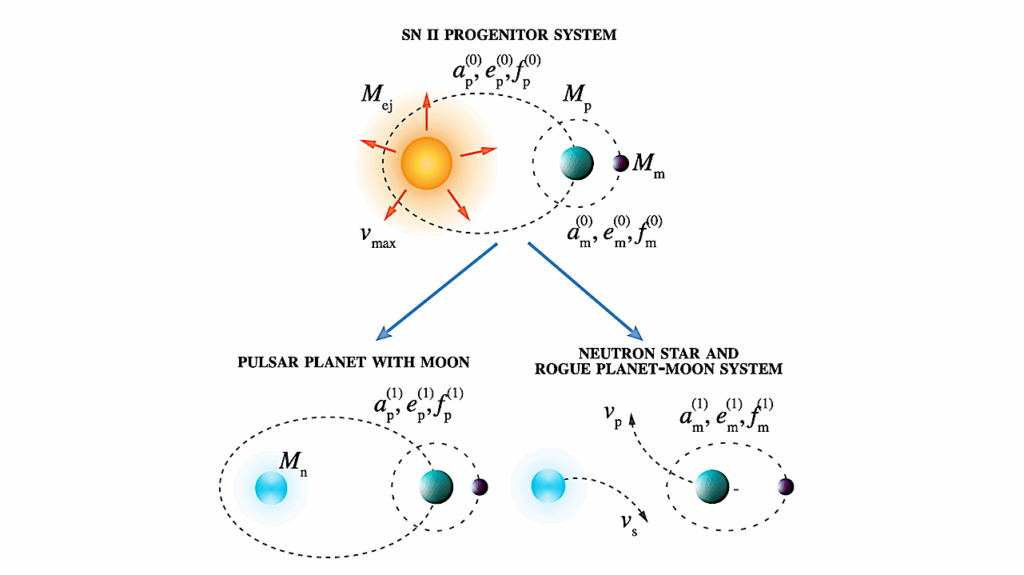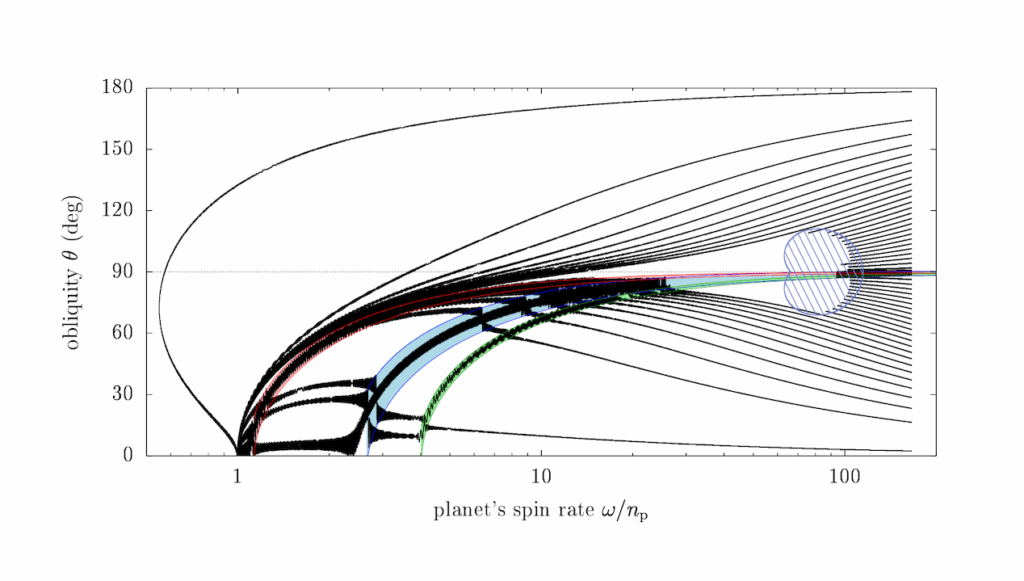Water-driven Accessible Potential Karstic Caves in Hebrus Valles, Mars: Implications for Subsurface Habitability

The Hebrus Valles region on Mars exhibits geomorphological indicators of past aqueous activity, such as fluvial channels and aligned sinkholes.
While Martian skylights have mostly been linked to volcanic or tectonic origins, caves formed by water-mediated dissolution remain unexplored. This study investigates eight skylight features in Hebrus Valles as the first potential karstic cave candidates on Mars. We evaluate whether these features are indicative of collapse entrances formed through dissolution of carbonate- and sulfate-rich lithologies.
To this end, the investigation is carried out by integrating mineralogical maps from the Thermal Emission Spectrometer (TES), hydrogen data from the Gamma Ray Spectrometer (GRS), and TES-derived thermal inertia and dust index maps. 3D structural modeling was performed using High Resolution Imaging Science Experiment (HiRISE)–derived Digital Terrain Models. Morphological assessments were conducted using Context Camera and HiRISE images.
The skylights exhibit morphologies consistent with subsurface dissolutional collapse. TES data reveal enrichment in carbonates and sulfates near the skylights, and GRS data show elevated water-equivalent hydrogen.
The skylights lie within indurated, low-dust terrains and are spatially associated with fluvial features. A 3D reconstruction from morphological data of cavity geometry is consistent with its being karstic.
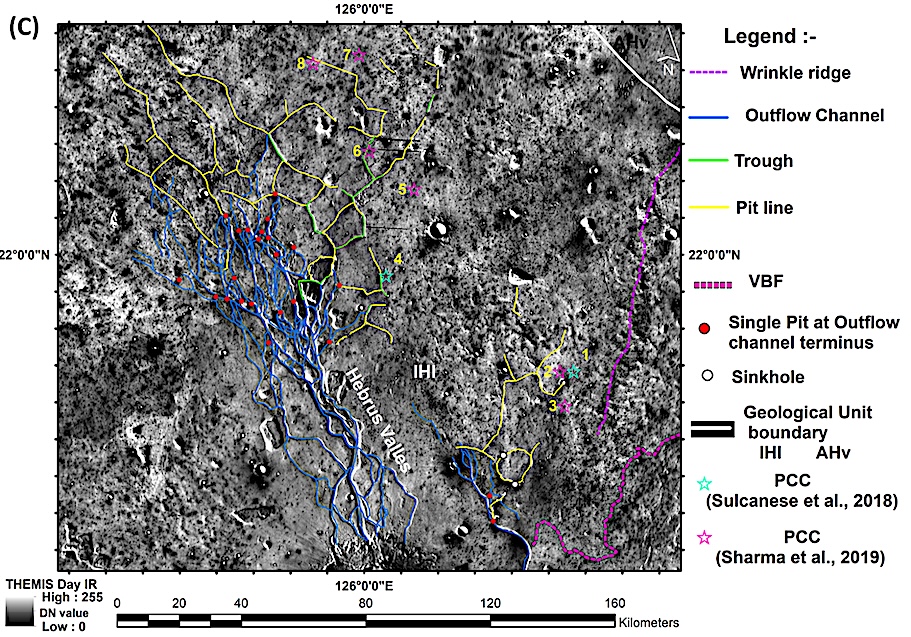
THEMIS IR mosaic overlaid with geomorphic features including outflow channels, troughs, pit lines, wrinkle ridges, and mapped skylights. The spatial correlation of skylights with tectonic and fluvial systems, especially at pit termini and trough intersections, suggests a possible aqueous and structural control on their formation. by D. Sulcanese et al. (2018). –The Astrophysical Journal Letters
Water-driven Accessible Potential Karstic Caves in Hebrus Valles, Mars: Implications for Subsurface Habitability, The Astrophysical Journal Letters (open access)
Astrobiology,


